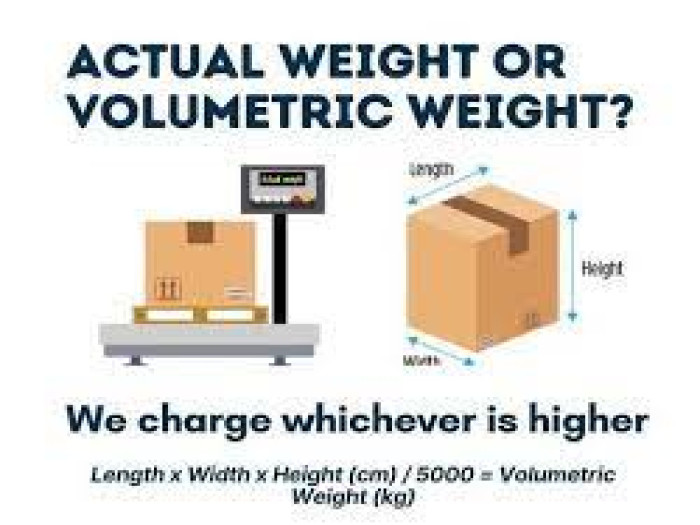
Shipping costs can be a significant expense for businesses, particularly those that rely on international shipping. Understanding the difference between volume weight and actual weight is crucial for accurately calculating these costs and optimizing your shipping strategy.
Volume weight, also known as dimensional weight, is a pricing technique used by shipping carriers. It considers the amount of space a package occupies rather than its actual weight. This method ensures that carriers are compensated for bulky items that take up more space but weigh less.
Volume weight is calculated by multiplying the length, width, and height of a package (in centimeters) and dividing by a dimensional factor, typically 5000. The formula is:
Volume Weight (kg)=Length (cm) x Width (cm) x Height (cm)5000\text{Volume Weight (kg)} = \frac{\text{Length (cm) x Width (cm) x Height (cm)}}{5000}Volume Weight (kg)=5000Length (cm) x Width (cm) x Height (cm)
For shipping carriers, space is as valuable as weight. Charging based on volume weight ensures they can optimize their cargo space. For businesses, this means that large, lightweight packages can incur higher shipping costs than smaller, heavier ones. Understanding this concept can help you avoid unexpected expenses and optimize your packaging.
Understanding and managing volume weight can significantly impact your shipping costs. By optimizing your packaging and choosing the right carriers, you can reduce expenses and improve your bottom line.